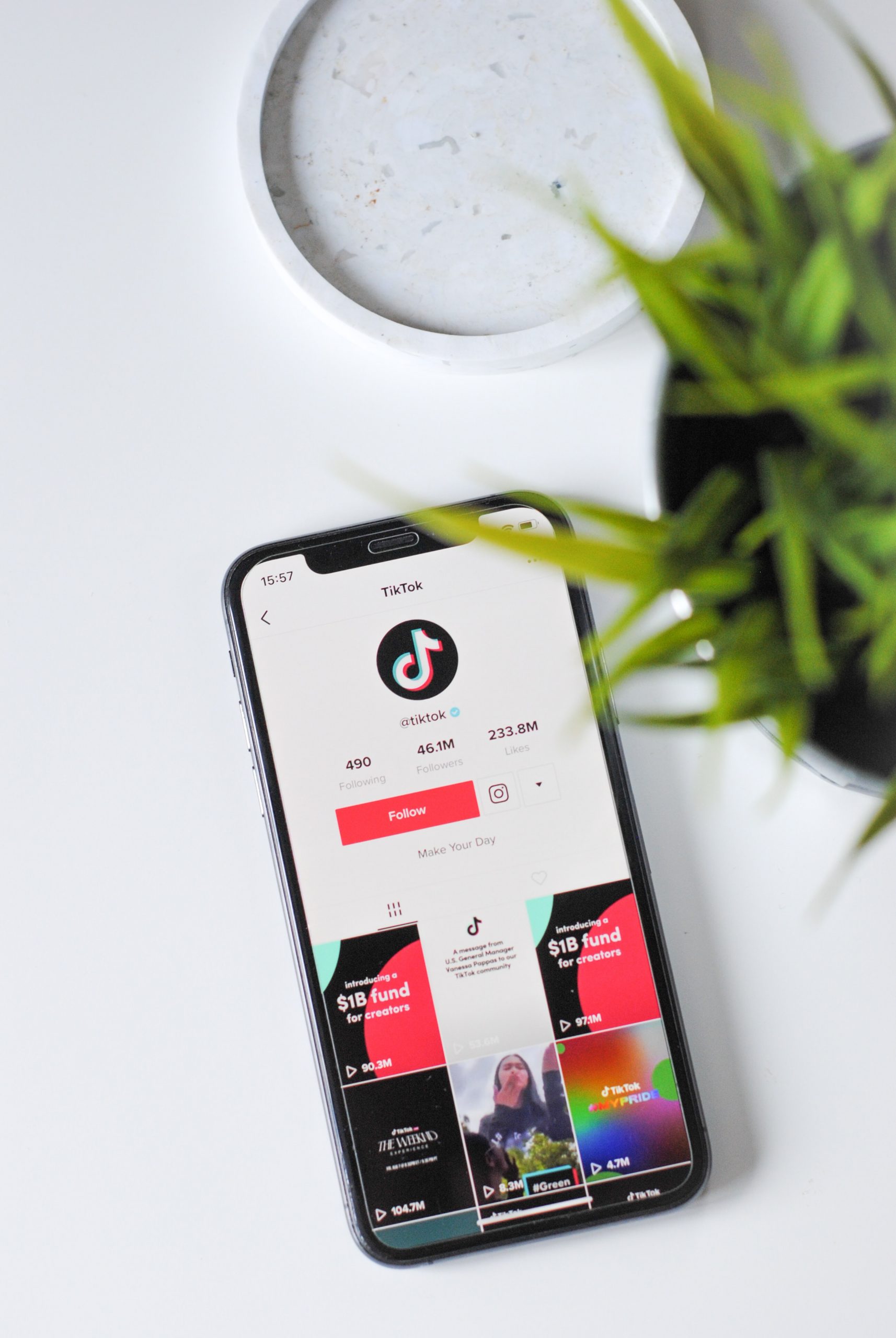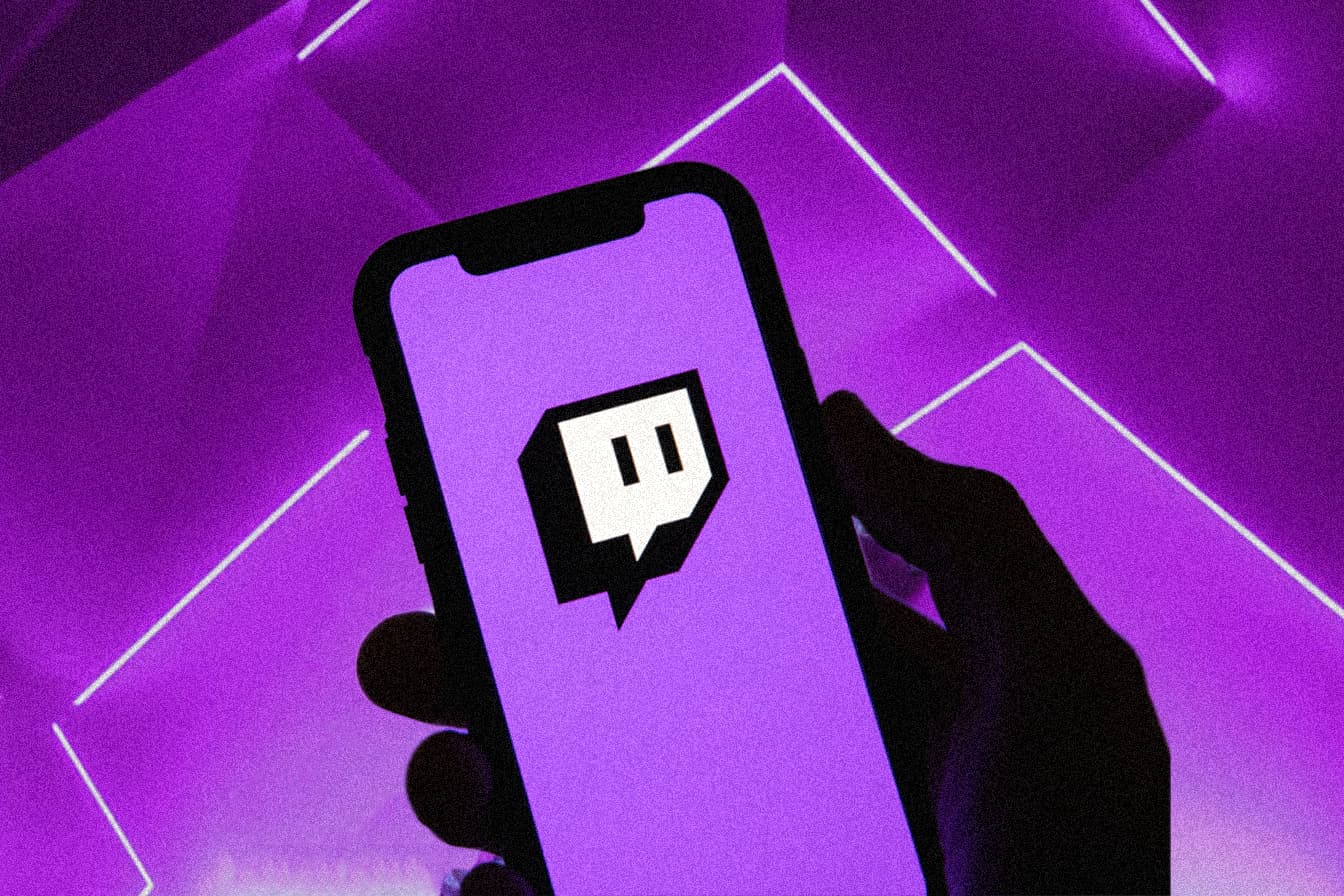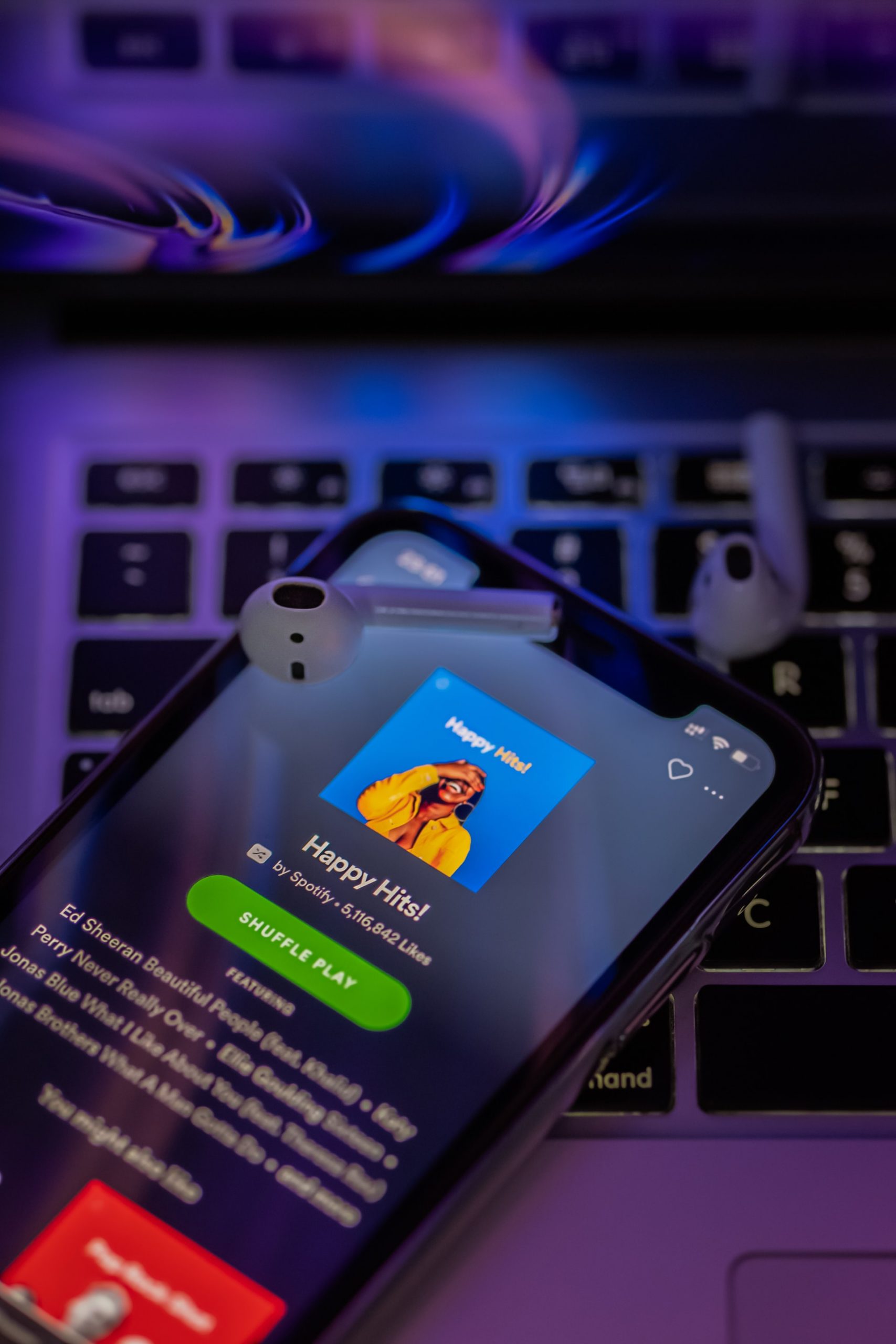Can DIY Musicians engineer virality?
The modern music industry is driven by a digital sphere that rewards digital content, fan interaction, and short-form audio-visual content.
According to Influencer Marketing Hub, virality or viral marketing is a strategy that uses pre-existing customers to spread content with other people in their network, in turn organically promoting a product.
When it comes to music as content, success is measured in metrics such as the number of streams, music video views, followers and likes. Therefore, a viral marketing strategy for DIY musicians should focus on making sure that distribution doesn’t end with pre-existing fans. A business-savvy strategy encourages these fans to share the content, and in turn, inspires the people in their social network to re-share, thus increasing reach, awareness, engagement and ultimately, conversion.
With all this in mind, the questions remain – how can a DIY musician go viral? And what’s the science behind the hyped-up concept of virality?
Trend jacking
Simply put, trend jacking is the concept of using a trend or a current hot topic, and capitalising on the trend by creating content that’s informed by it.
These hot topics or themes can be related to current affairs, pop culture, sports, or socio-politics. Since people are already talking about a particular topic, engineering content material that relates to that topic is a clever way of driving more eyeballs to your content.
When it comes to trend jacking, it’s important to add your distinct point of view. Otherwise, you would simply be jumping on the bandwagon, and this can actually hurt rather than help your brand. Furthermore, a clear point of view ensures that the brand positions itself within the larger cultural context, further evolving its brand identity.
A prime example of trend jacking is Christmas songs. Artists use a particular topic – in this case, Christmas – and create whole albums that are played during a particular time of the year. Time and time again, it’s proven to be a lucrative move. A Christmas album is a guaranteed sell, so much so that some artists have built whole careers on Christmas songs.
The Science of Sharing
The New York Times Customer Insight Group set out to research the psychology of sharing, and what drives people to share content online. By conducting ethnographic interviews, user behaviour research as well as including a survey of 2500 online sharers, the NYT CIG managed to draw some interesting conclusions.
First off, sharing is a way of processing information. For example, before sharing a music video, one might add their own opinions about the video. Summarising the video content in a few sentences requires the sharer to understand what the video is all about, making them think harder and notice certain details that might have otherwise been missed if they did not set out to share it.
Furthermore, the study revealed that there are 5 reasons why people share content.
These are:
To disseminate entertaining or valuable content
49% of survey participants stated that they share content to inform other people of services, products, or content that they liked. Around 94% confirmed that they do consider whether or not that content will be useful to their followers before sharing.
To establish our identity and other’s people perception about us
Sharing content is similar to wearing a band t-shirt and connecting with other fans of that band through that t-shirt. Content sharing is undoubtedly an outlet for most active online users to define their points of view and self-identify with particular issues.
To build and sustain relationships
This all boils down to bringing the social back to social media. Sharing allows online users to connect with new people and sustain pre-existing relationships. 79% of participants responded that they share content to stay connected with people who they might see regularly in real life.
For self-fulfilment
Receiving feedback on posts makes people feel seen and in turn, valuable. Additionally, it helps them realise that their opinions are valid and that they’re contributing to society in some way.
To spread the word about certain products, issues, brands, social causes etc.
84% of study participants stated that they share content to support brands, social causes or issues that they’re passionate about.
The key takeaway from the NYT CIG study is that, if people find your content interesting, they will share it. After all, sharing is what makes a piece of content go viral. By understanding the motivations that underlie sharing, content creators can create content that appeals to their audience’s underlying sharing instincts.
Things to consider when trying to go viral
If you’re a DIY musician who’s trying to cut through the noise, or a nascent content creator who’s trying to become a micro-influencer, there are a couple of things that you need to consider before aiming for virality and platform domination:
- Are your videos so entertaining that people would want to share them?
You need to create content that gives people a reason to sit up, take notice and tell other people about it. When creating videos, include standout moments that will shock or surprise people. This will give them a reason to share. The worst thing you could do to yourself and your career is to create something that’s been done a million times before.
- Are you creating tunes that are so good, people will be compelled to share them?
Your songs have to be of a certain quality – both in terms of songwriting and visuals – for them to stand out. In a digital sphere that’s inundated with high-quality music videos and elaborate productions, low-quality music and music videos without a hint of creativity simply won’t cut it anymore.
- Are you creating music whose themes resonate with people?
We have already mentioned the concept of “trend jacking” when it comes to finding themes to write about. As a musician or content creator, you should draw on the current socio-cultural context or your personal story. This makes you relatable, encouraging people to share your point of view. A clear example of this is Meghan Trainor’s 2014 hit “All About That Bass”, which reflected the general discontent at the time with magazines and the media using photoshop and airbrushing models and celebrities to look perfect. By creating an ultra-relatable bop, “All About that Bass” became one of the biggest one-hit-wonders of the decade.
Engineering tangible virality
Virality can also refer to a boom in physical sales, leading an artist to secure the number one spot on single or albums charts.
Mogwai’s “As The Love Continues” marketing campaign is a clear example of a well-thought-out campaign that generated physical sales virality. Despite being the band’s tenth album, “As The Love Continues” was their first number one album. The well-orchestrated campaign included key collaborations with independent record stores around the UK, a strong partnership with key DSPs, a film with Amazon Music and a general sense of community that led indie music fans to purchase their record for the greater good of the indie scene – without them necessarily being Mogwai’s top fans. Since this release campaign happened amid the COVID-19 pandemic and touring was off the table, Mogwai’s team targeted other avenues to ensure that highly-coveted number one spot.
In an interview with Music Week, PIAS MD Jason Rackham said, “We’re heading into a really interesting era from a climate point of view, cost efficiency and wellbeing.” He continued,” Artists can actually set up and run an international campaign from a base and make some serious inroads into markets where maybe they’ve never even been.”
Remote working has ushered in a golden era for independent music, as artists can promote their material from the comfort of their home. Arlo Parks is a key example of this new model’s success. Her debut album, “Collapsed in Sunbeams” has led her to appear on prime US shows such as The Late Show with Stephen Colbert and The Late Late Show with James Corden without setting foot on a plane.
TikTok and Virality
We’ve covered TikTok multiple times on AmplifyYou. The platform has been a key virality generator for tonnes of DIY musicians and content creators. TikTok’s algorithm is the reason why many of these individuals are going viral: instead of hindering growth, the algorithm looks for interaction with bite-sized visual content. If your video is receiving a certain degree of attention, the algorithm will amplify that by showing your video to even more people. The shorter the video the better, as the algorithm also considers the video completion rate.
So, how does one go viral on TikTok?
First off, you need to keep an eye on burgeoning trends. Start by replicating these trends and putting your own spin on a pre-existing trend. The React and Duet features are a good way of doing this. A streak of originality is essential to ensure that people are familiar with what you’re doing but are still interested in your point of view.
Building a loyal following is also important when aiming to go viral. When it comes to TikTok, it’s important to post lots of interesting videos to constantly remind your followers that you’re still very much active on the platform. From there on, focus on the videos that have received the most feedback, and create more videos that are similar to that successful video.
Collaborating with TikTokers who have a bigger following might seem like piggy-backing off someone else’s success. Nothing could be further from the truth, as the TikTok community thrives on collaboration. Collaboration in the community is becoming so popular that several TikTokers are moving in together to facilitate content collaboration.
Last but not least, become a trendsetter by posting wholly original content video. Originality goes a long way; aside from helping you in your mission to go viral, originality and authenticity are vital for long term success.
Final Notes
There’s no easy shortcut to going viral. Sure, anyone can go viral these days – but sustaining that virality or engineering that virality requires passion, dedication, a good posting strategy as well as a sense of understanding of what the current trends are.
Virality enables you as a musician and content creator to acquire new fans, reach new audiences, interact with your fans through challenges and competitions, boost the fan experience and reach the ears of key industry decision-makers who can take your career to the next level.
Moreover, virality is a tool that, if used correctly, has proven to break artists that might otherwise not have been discovered. Therefore, DIY musicians are using virality as a way of putting a spotlight on their work and breaking the music industry’s glass ceiling by bypassing the industry’s gatekeepers.
Photo by Hello I’m Nik on Unsplash






